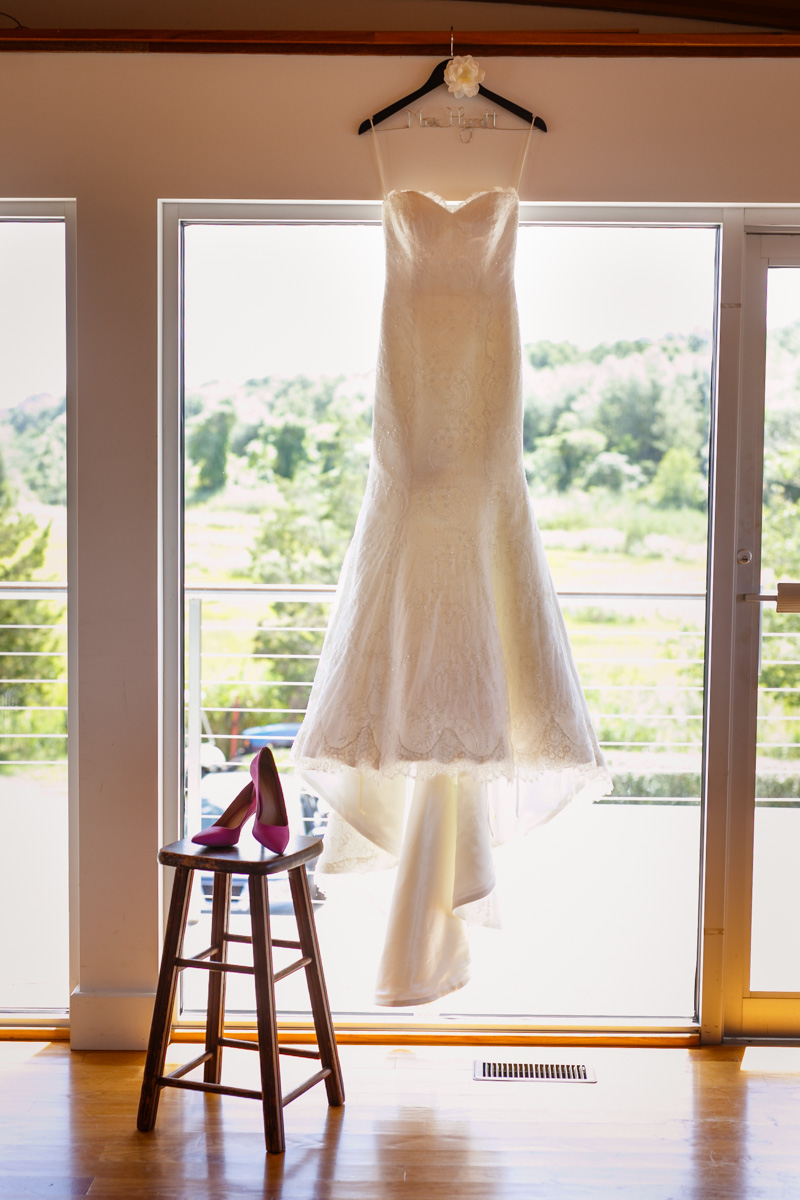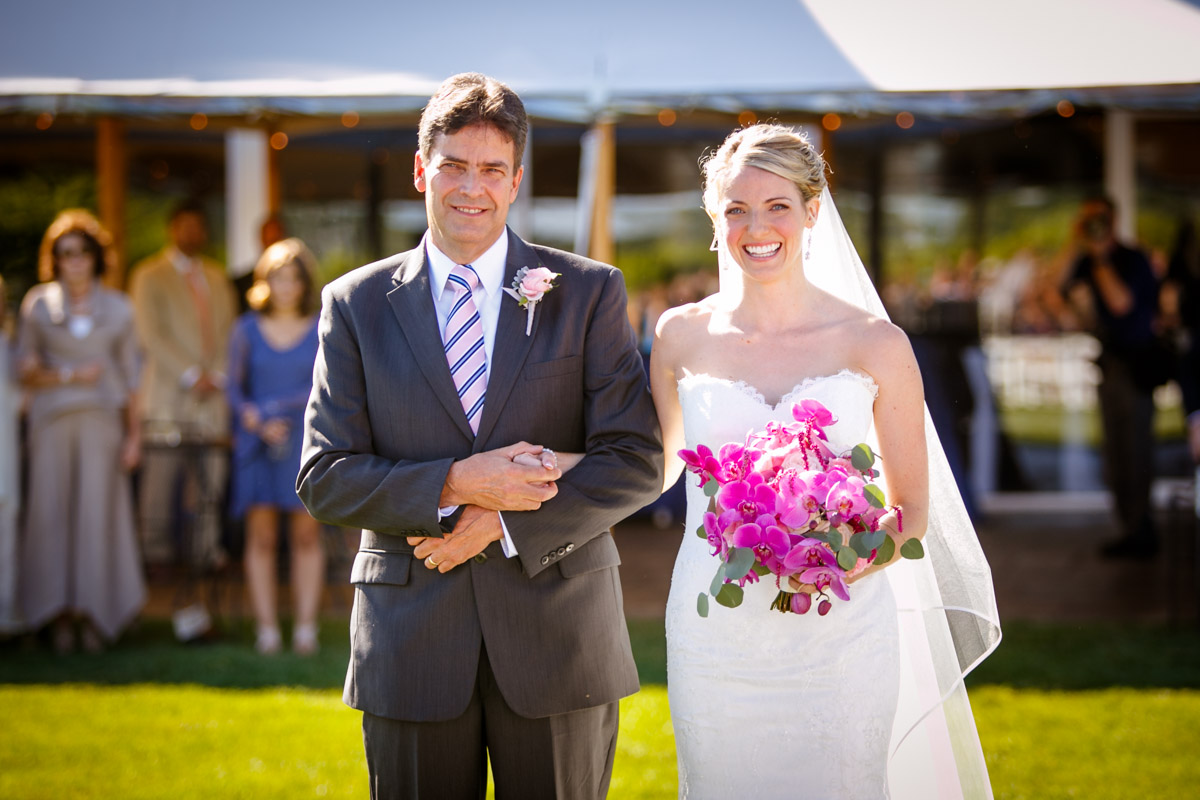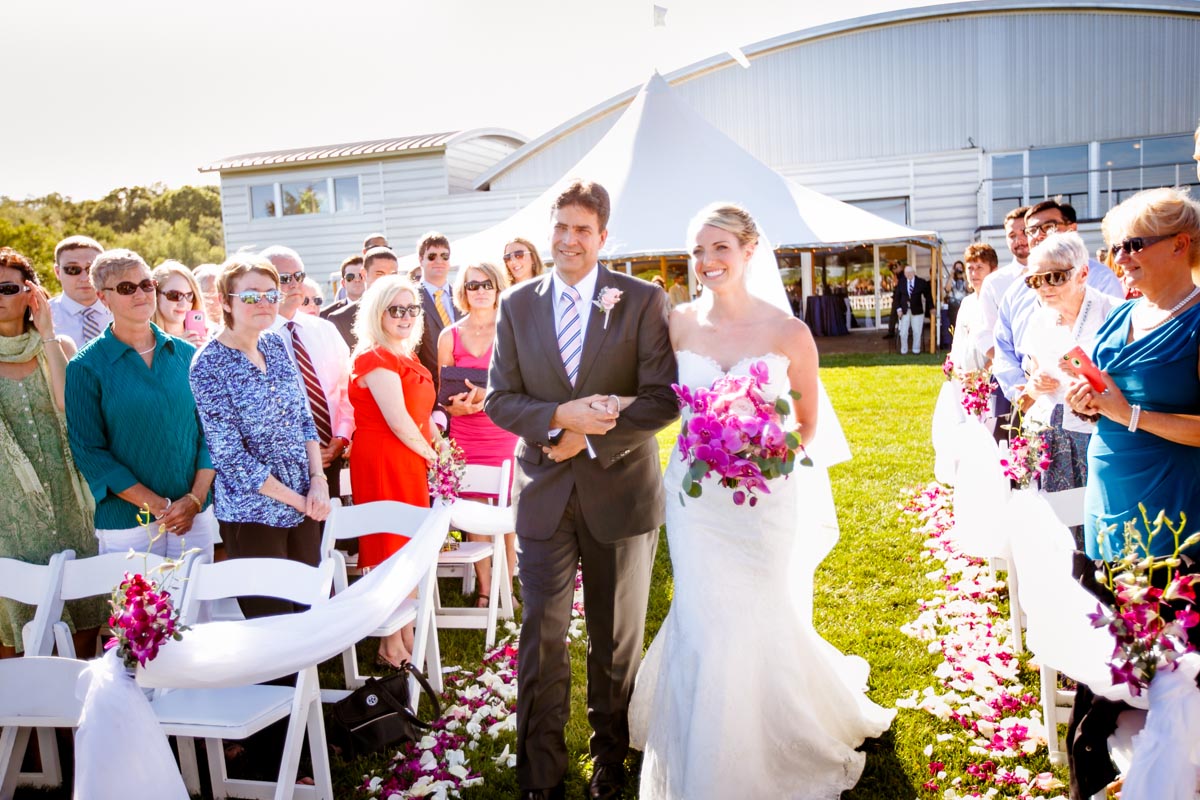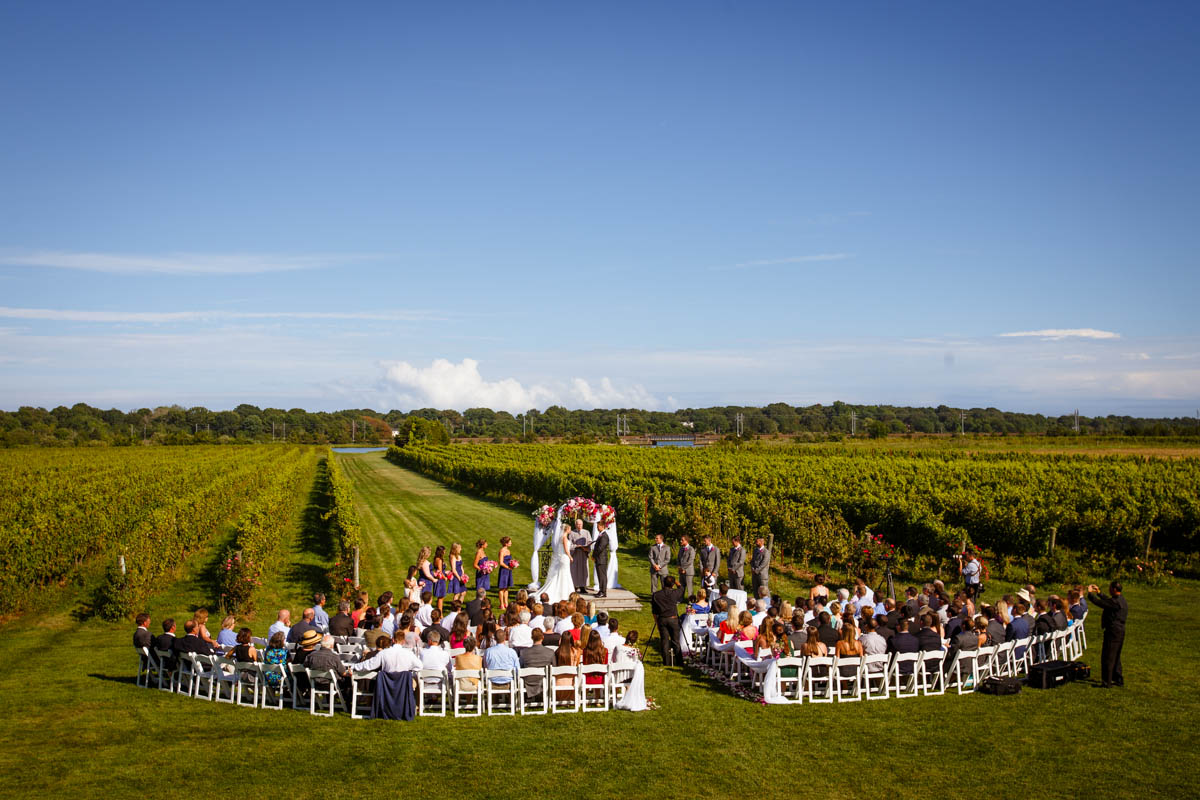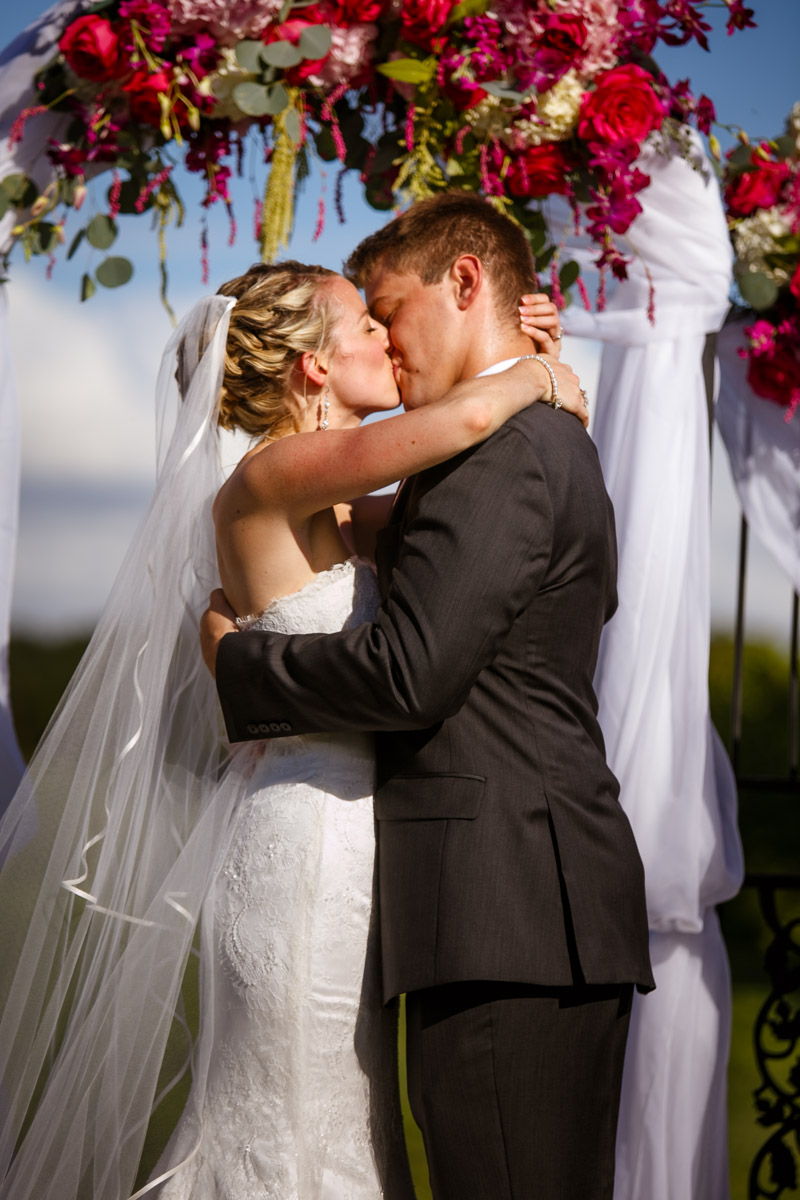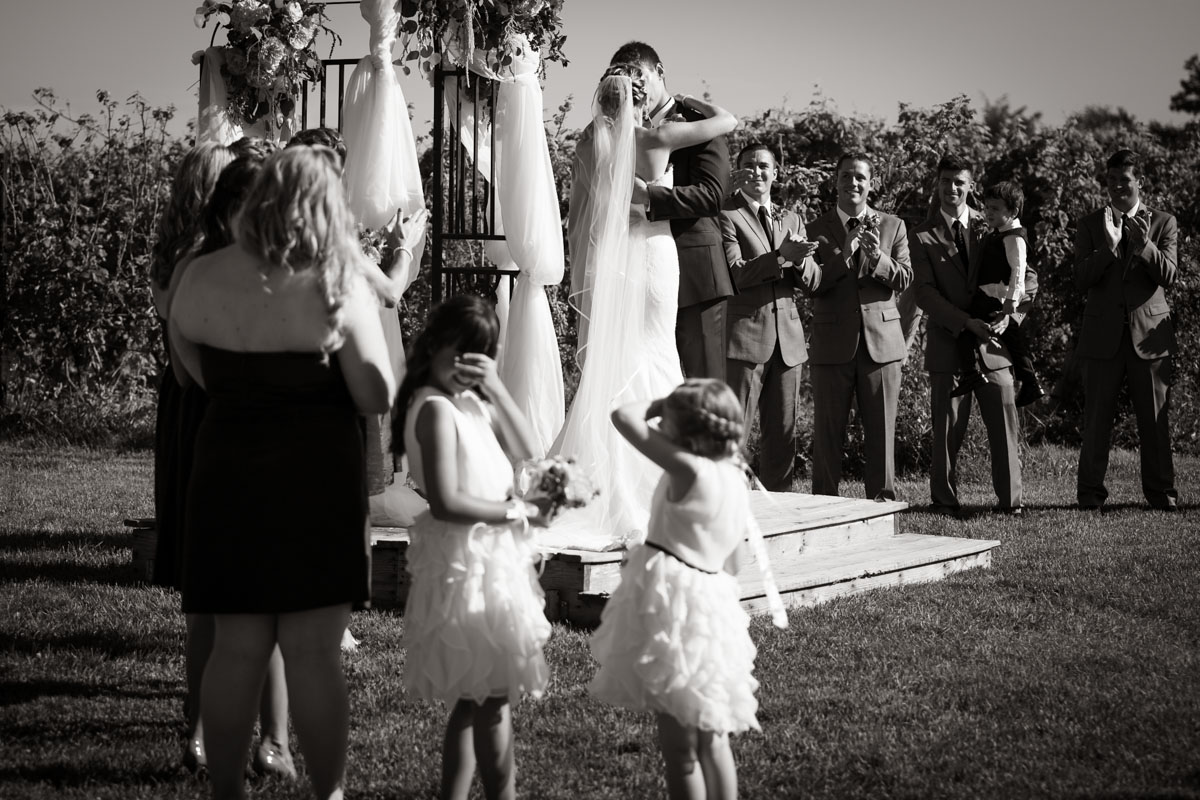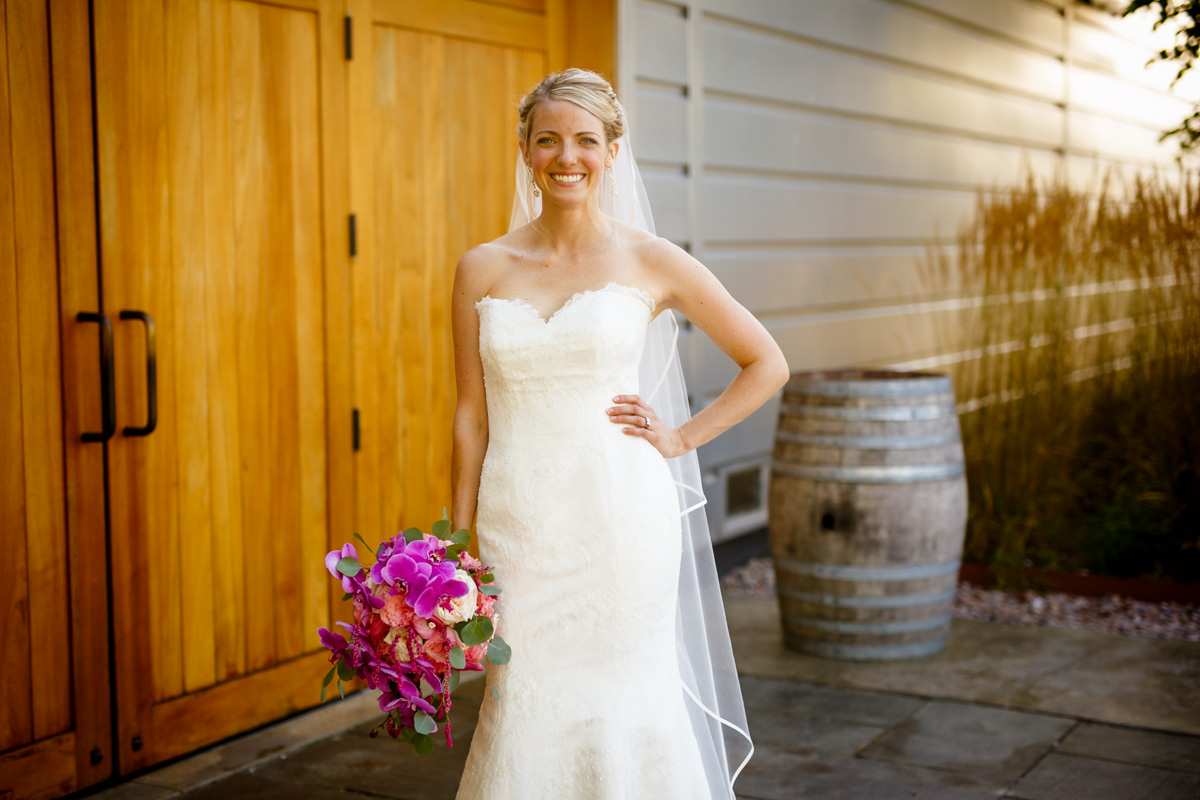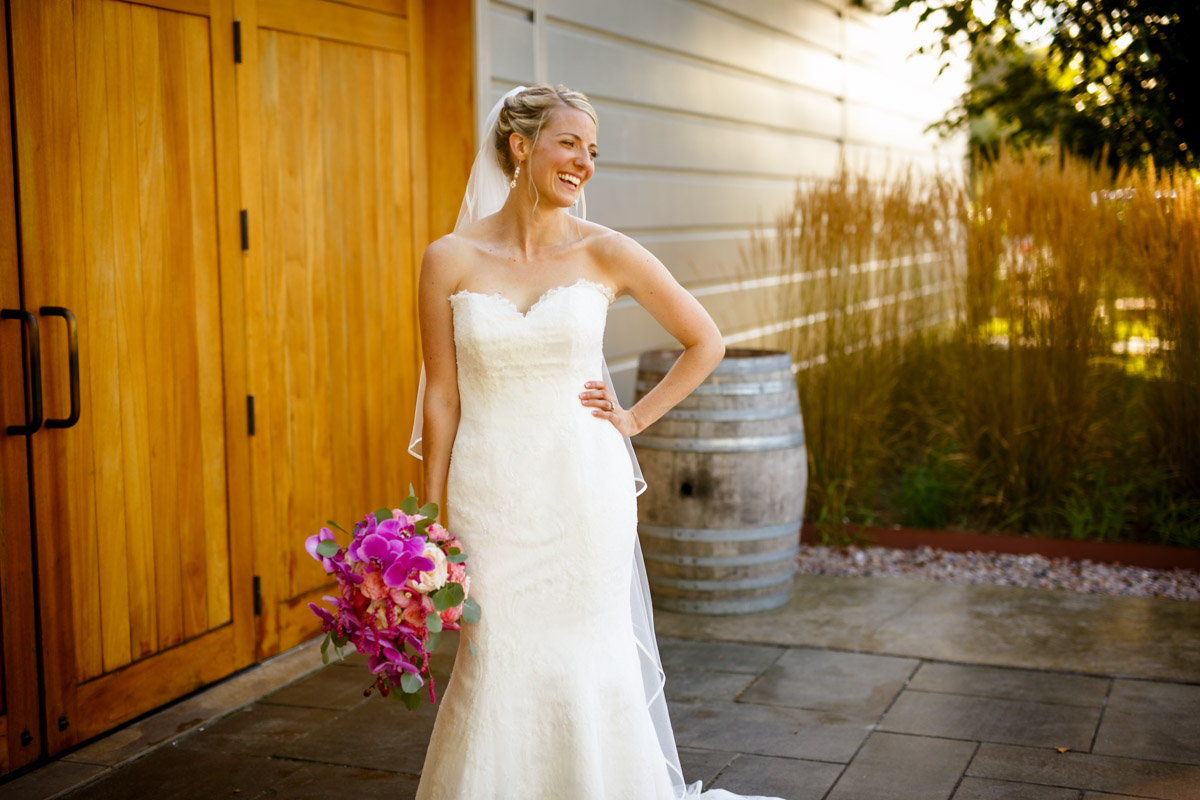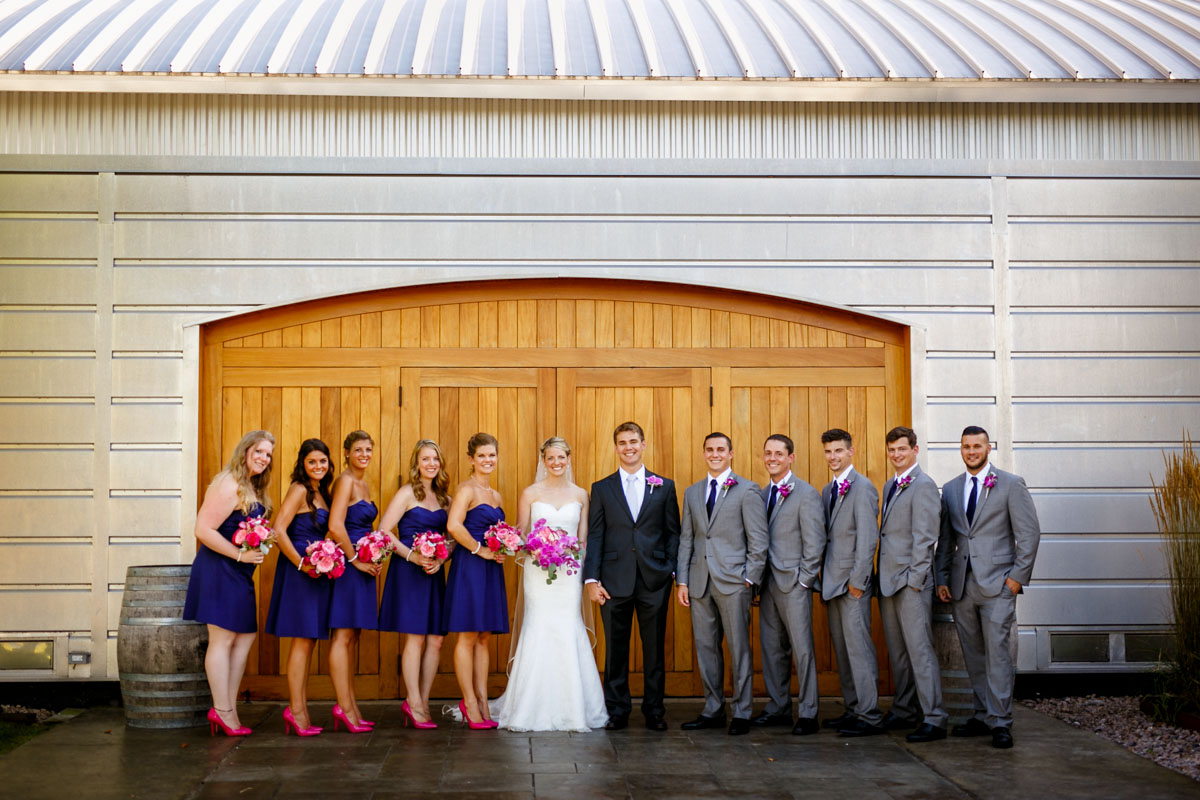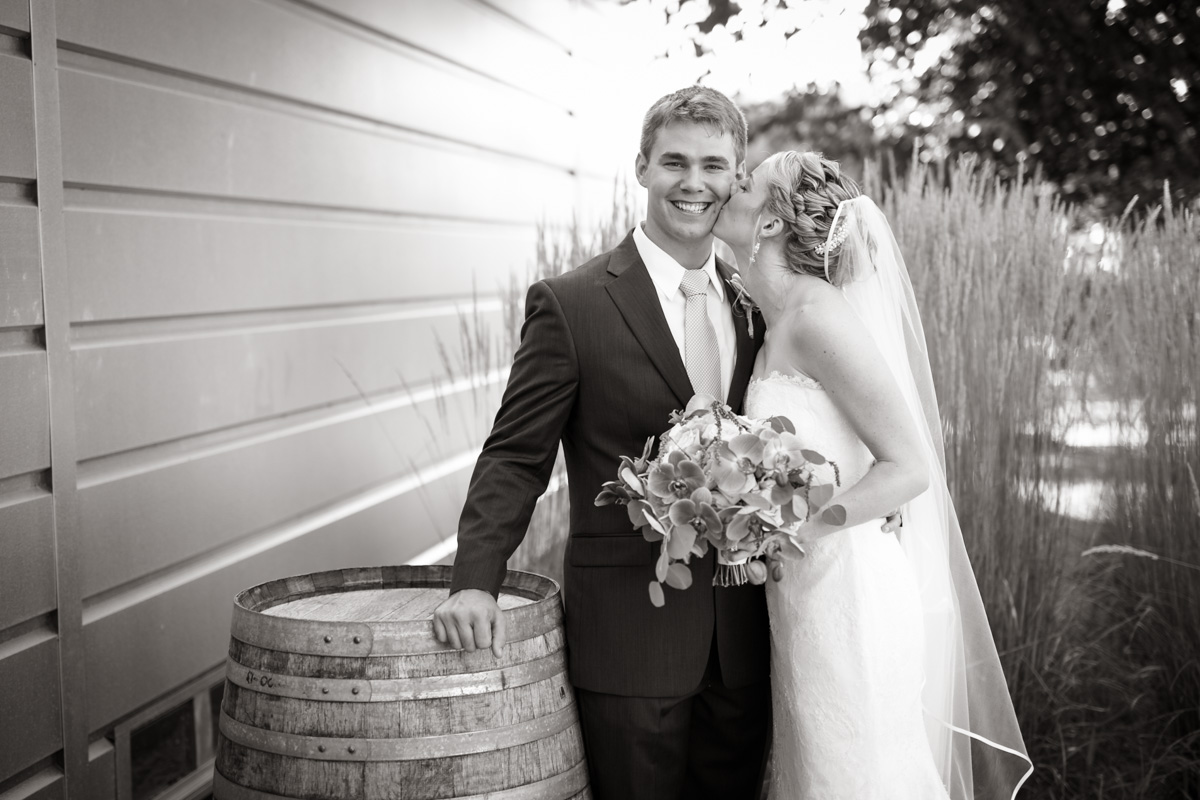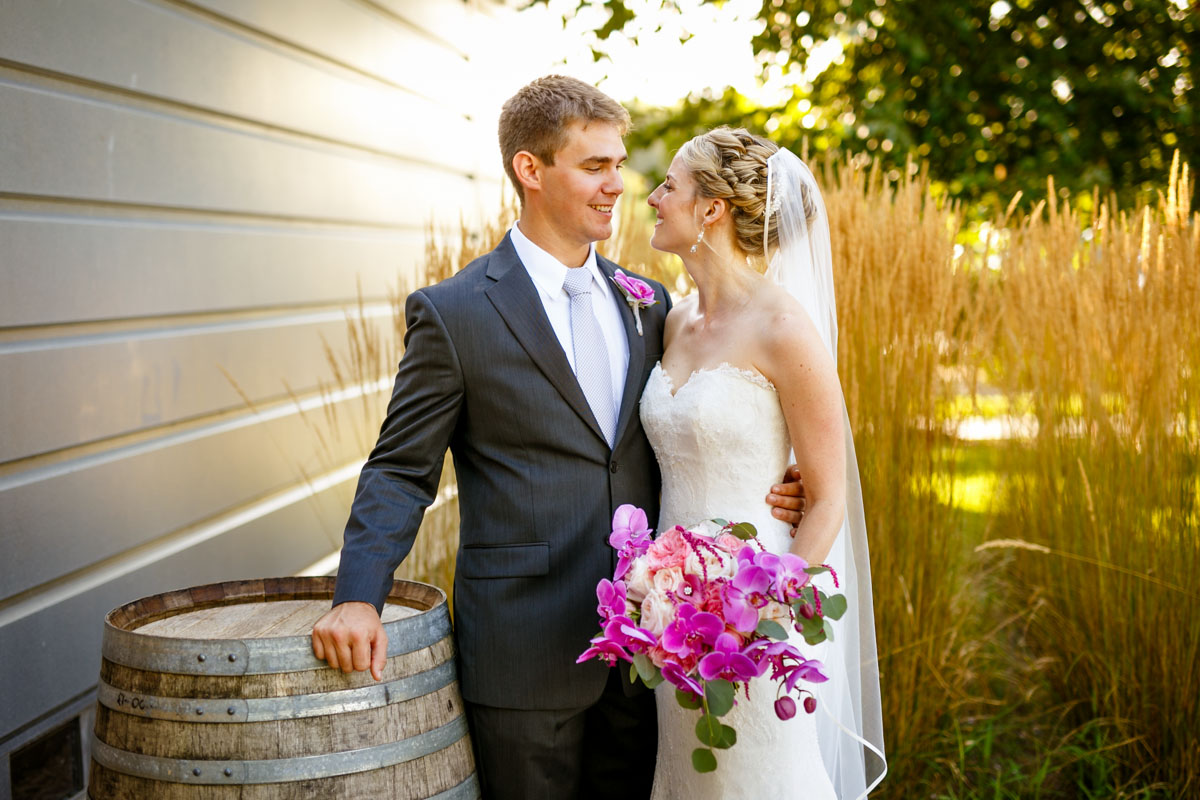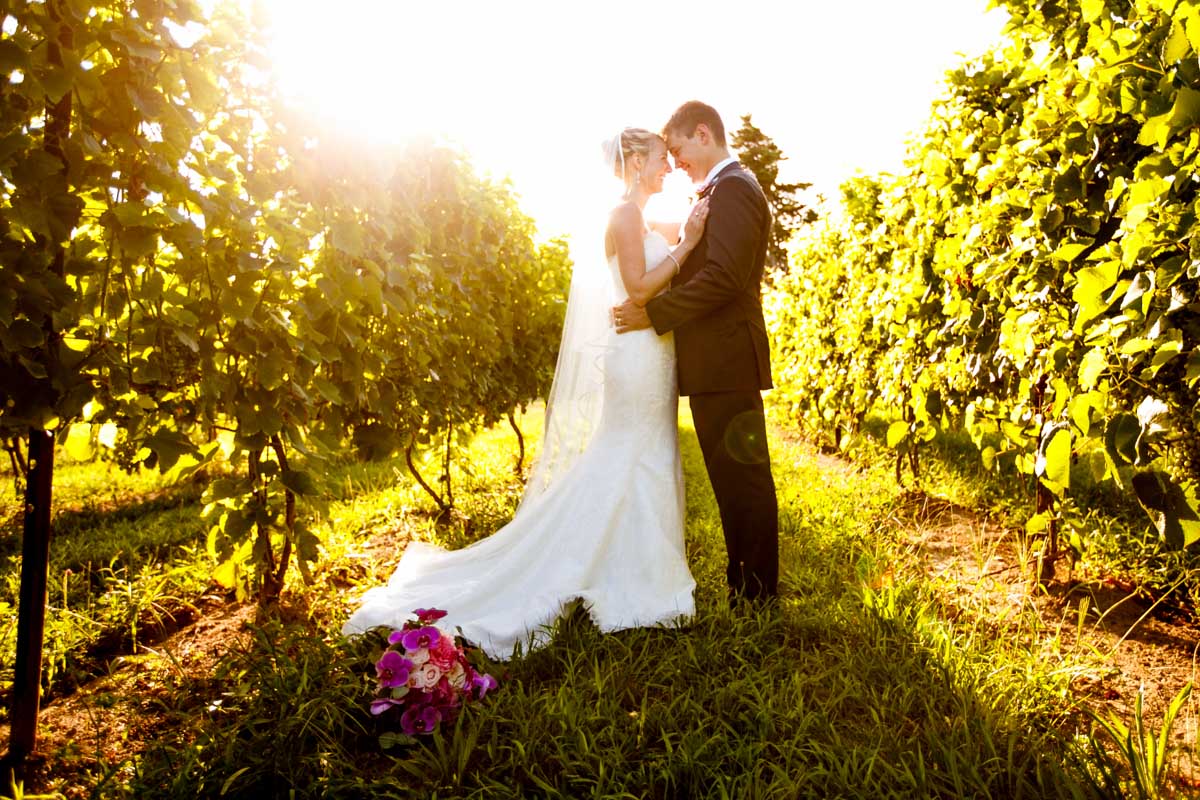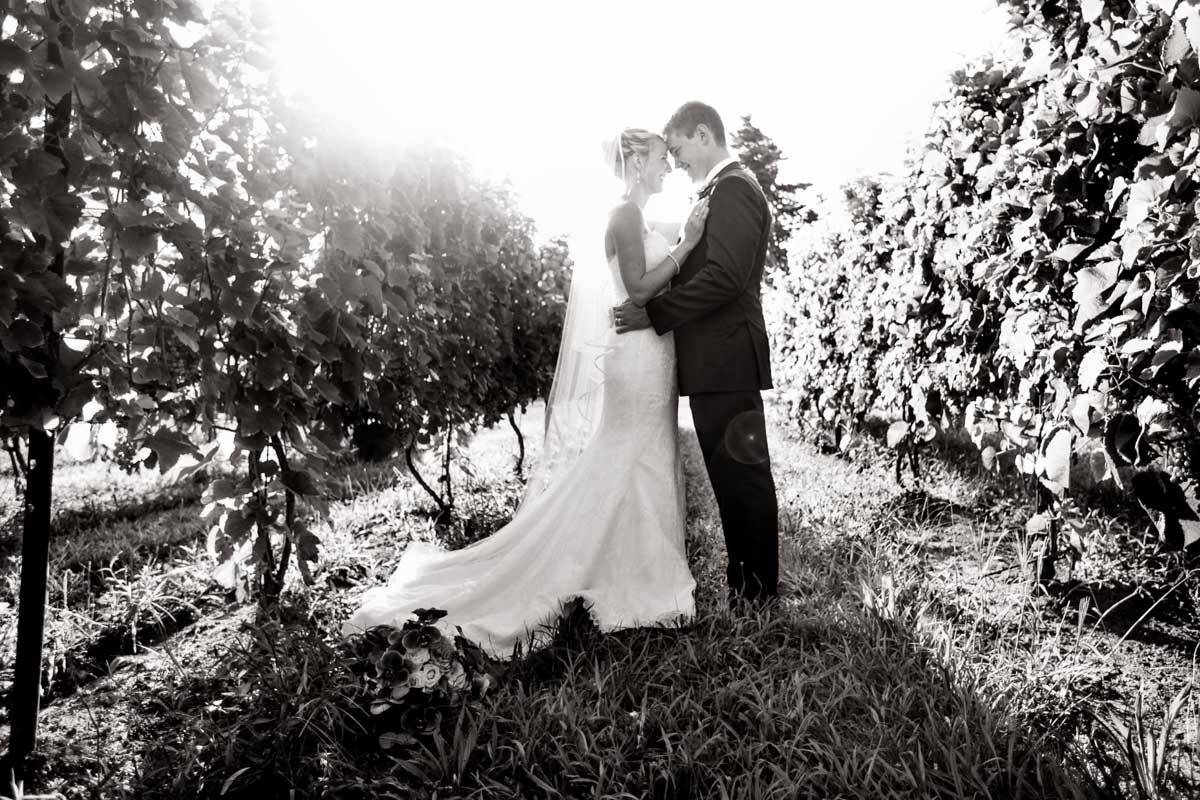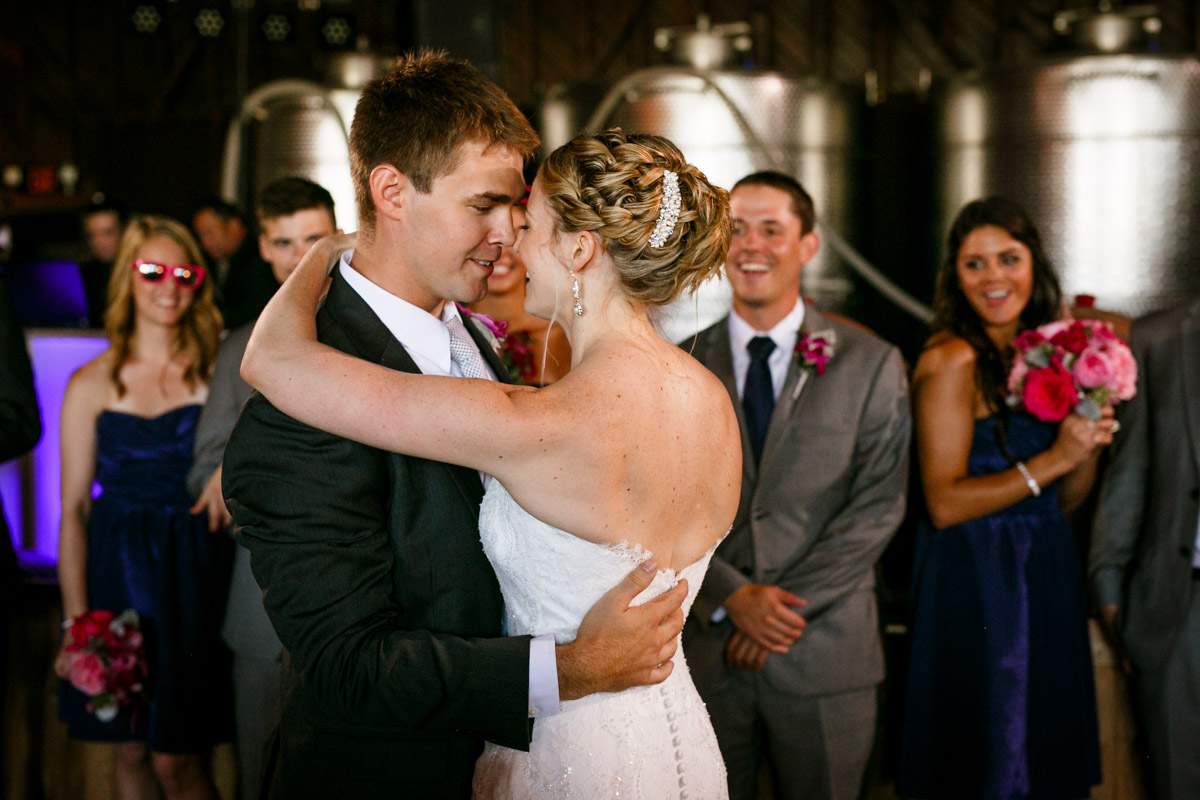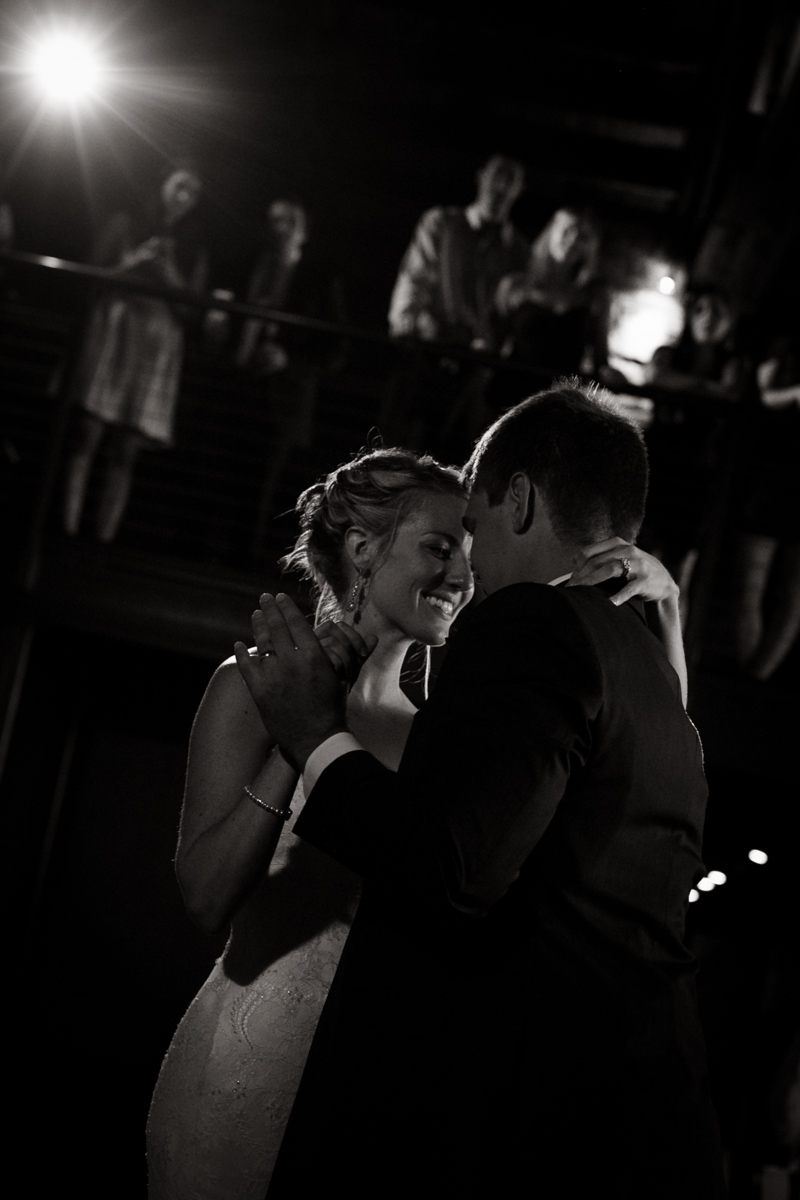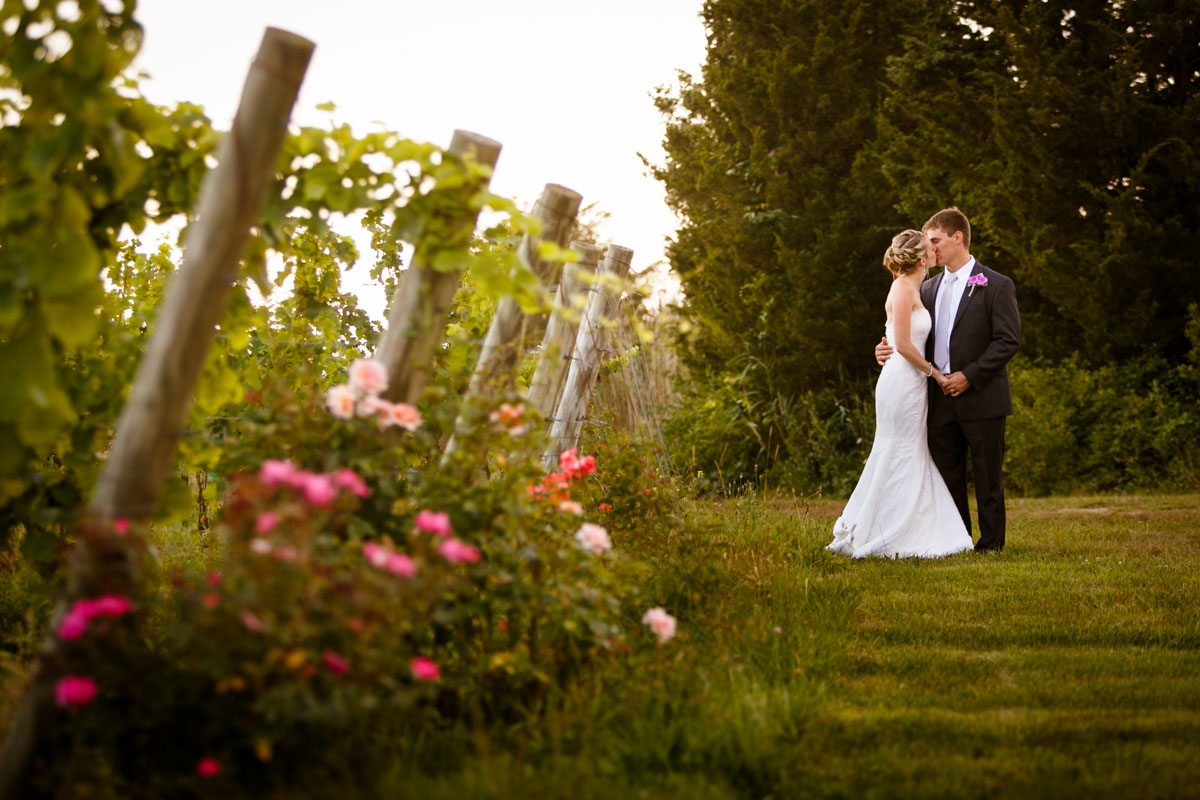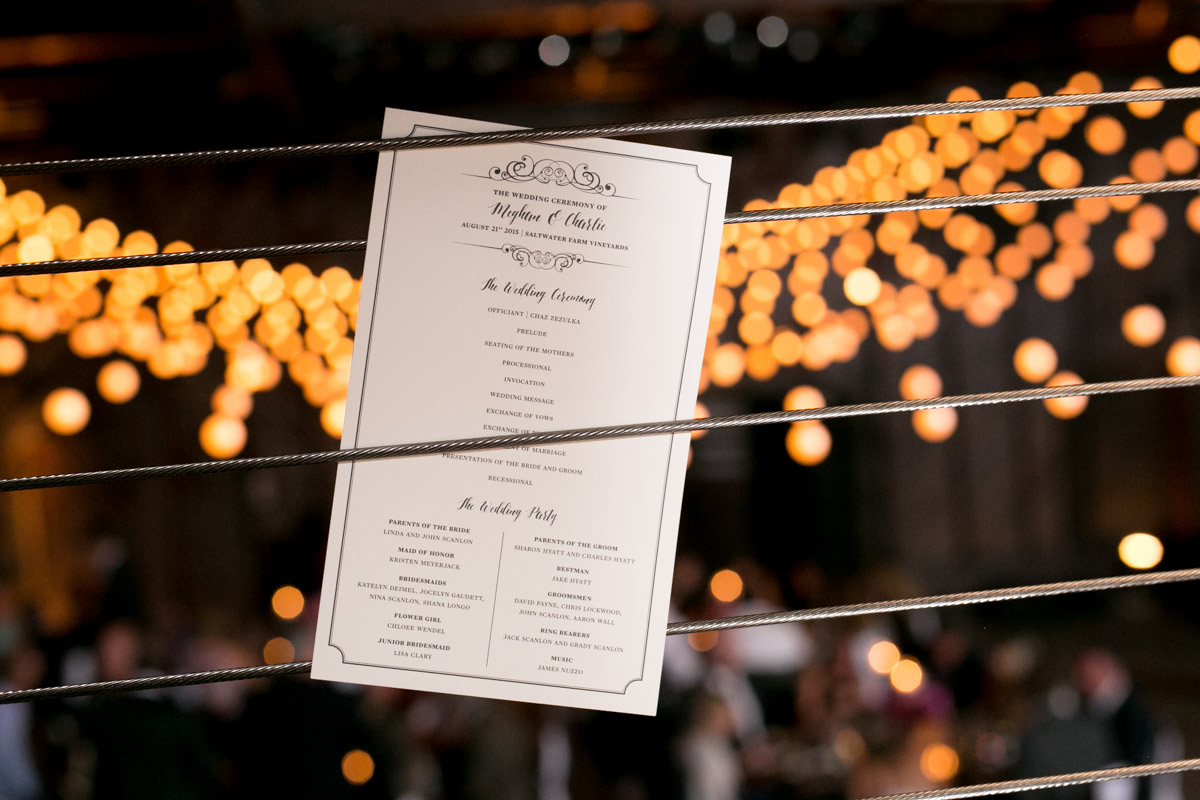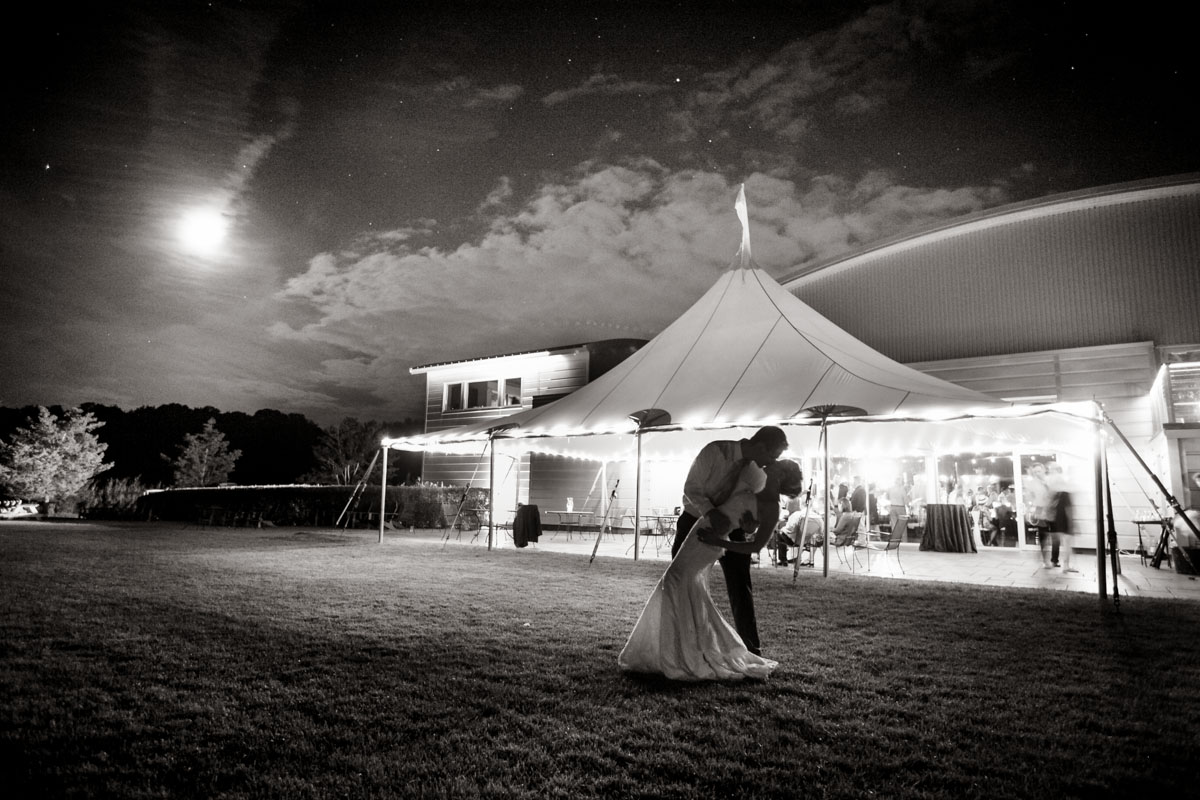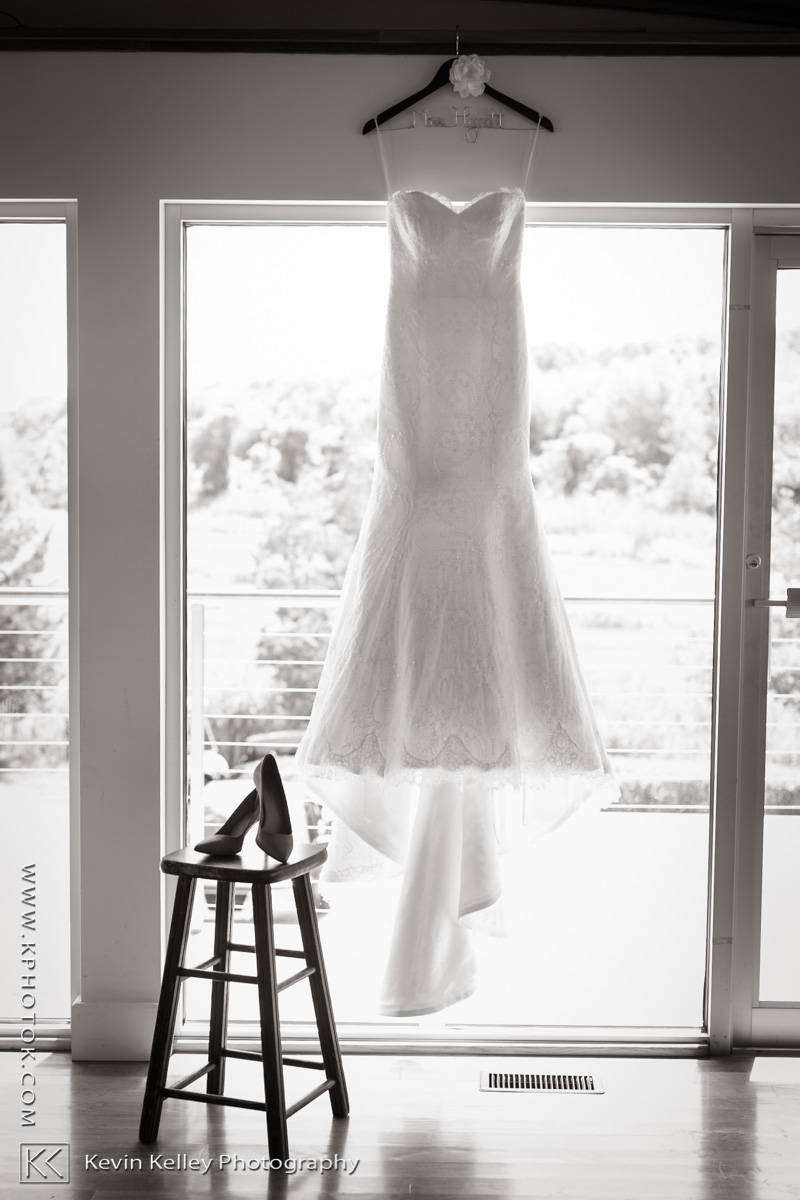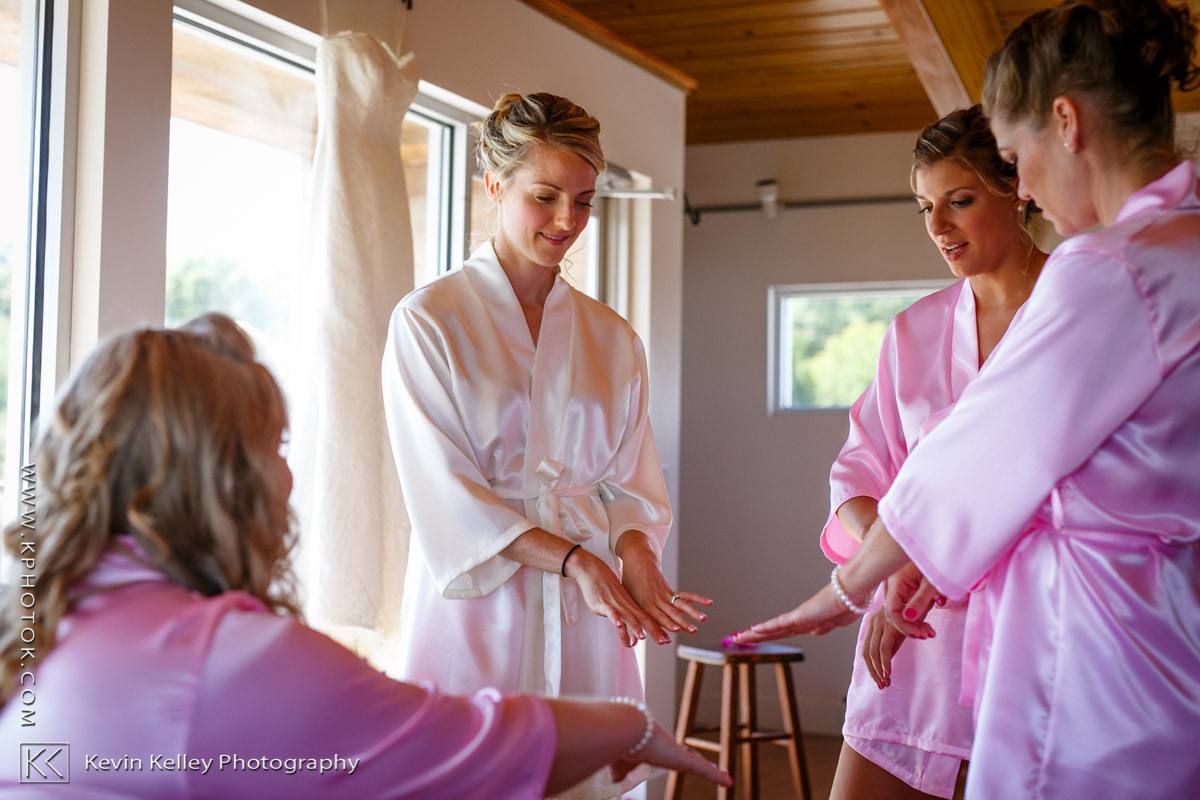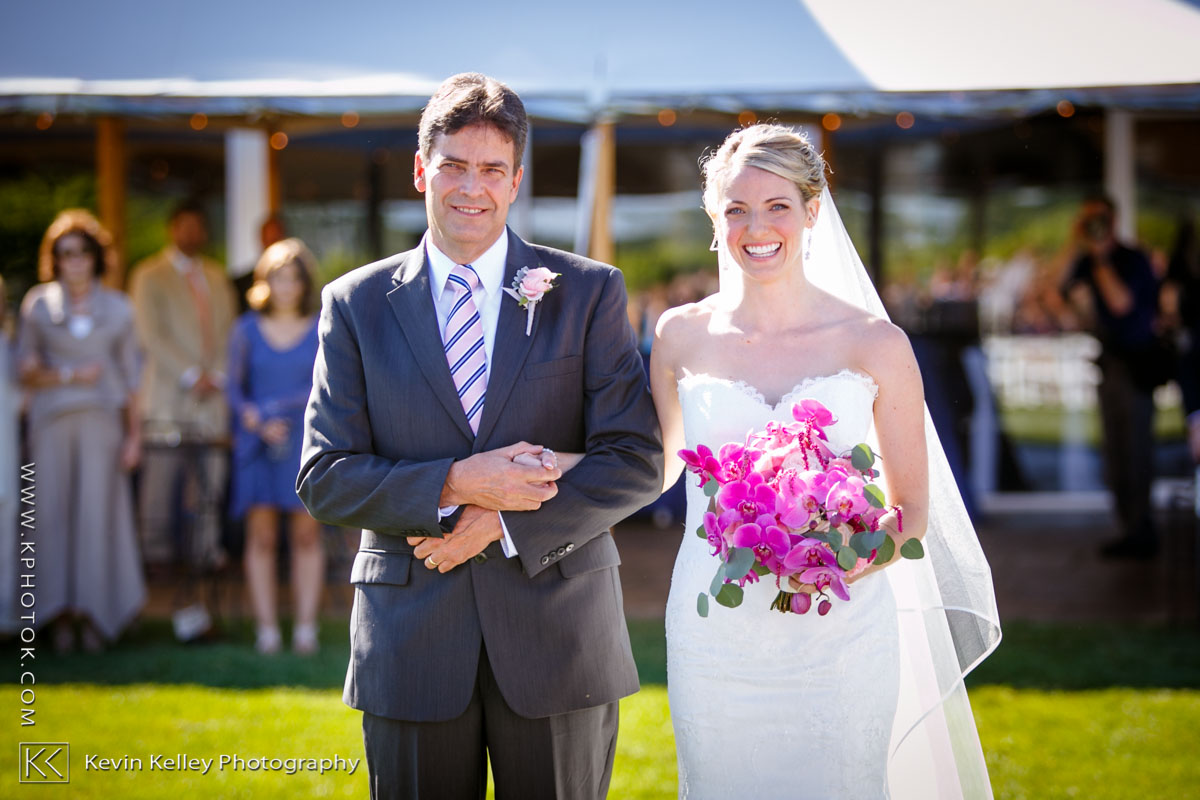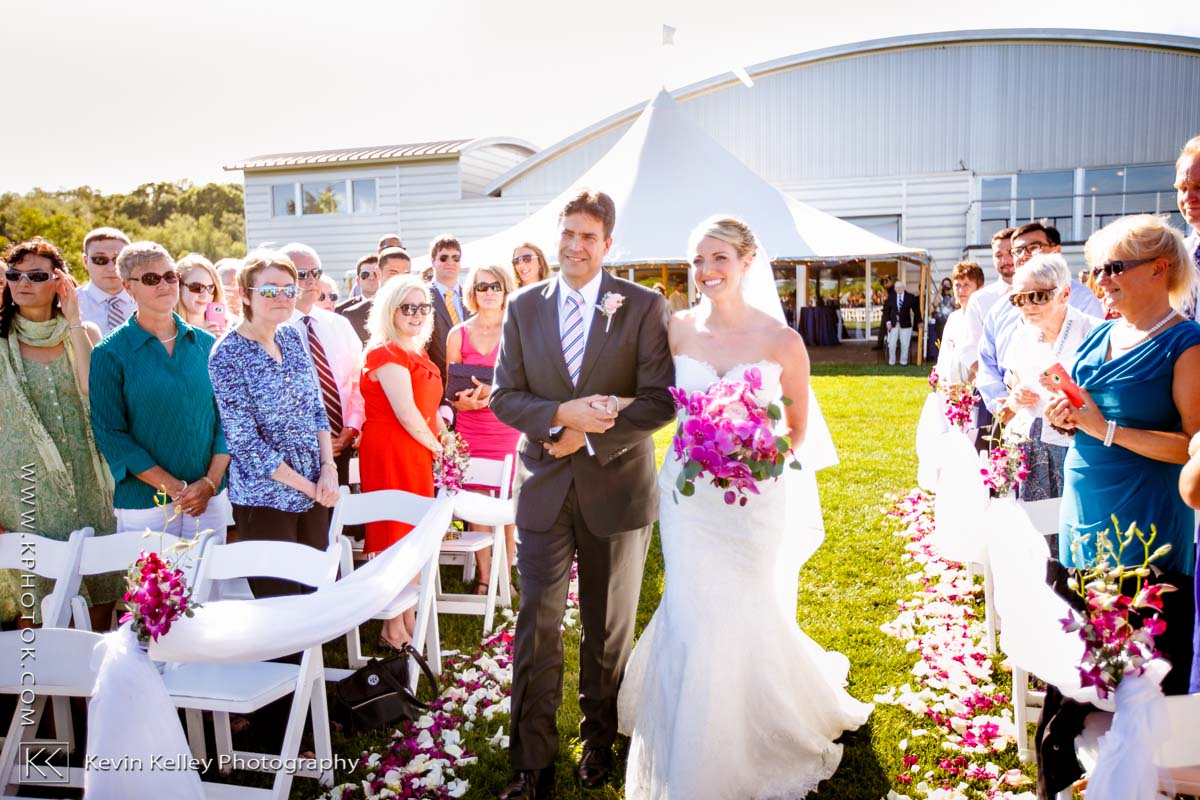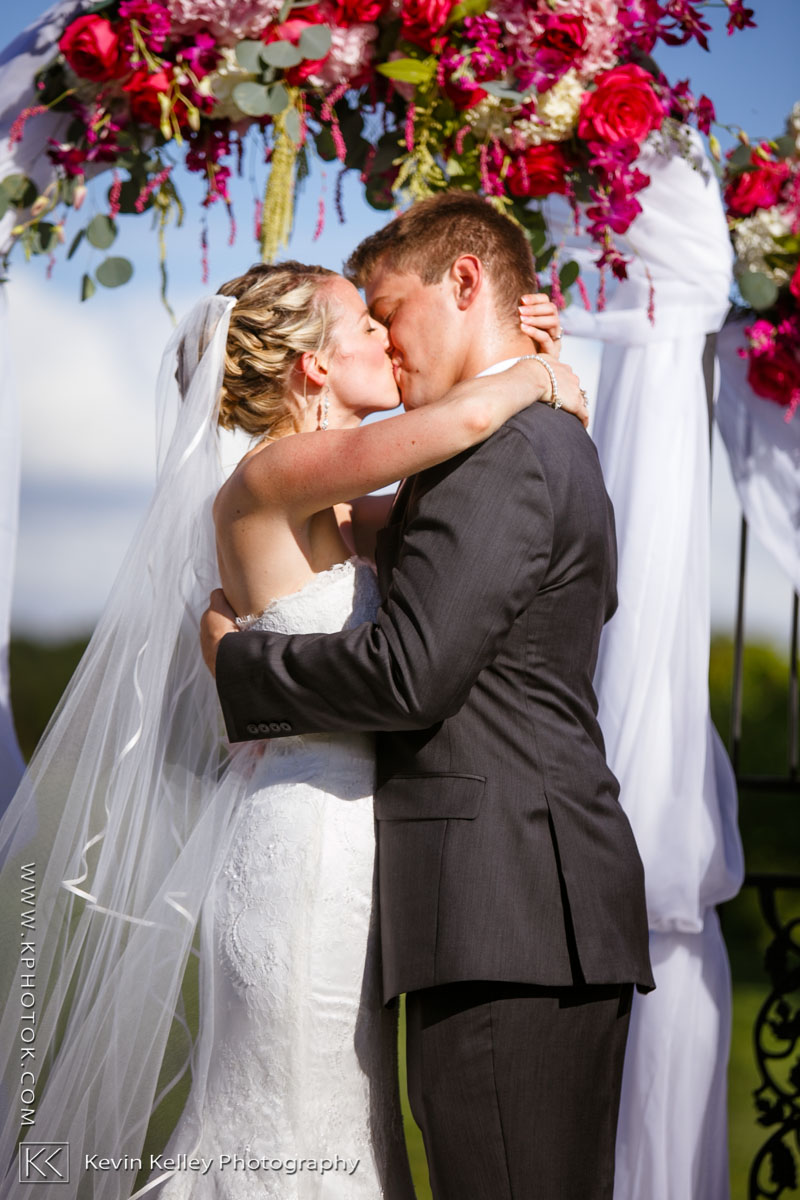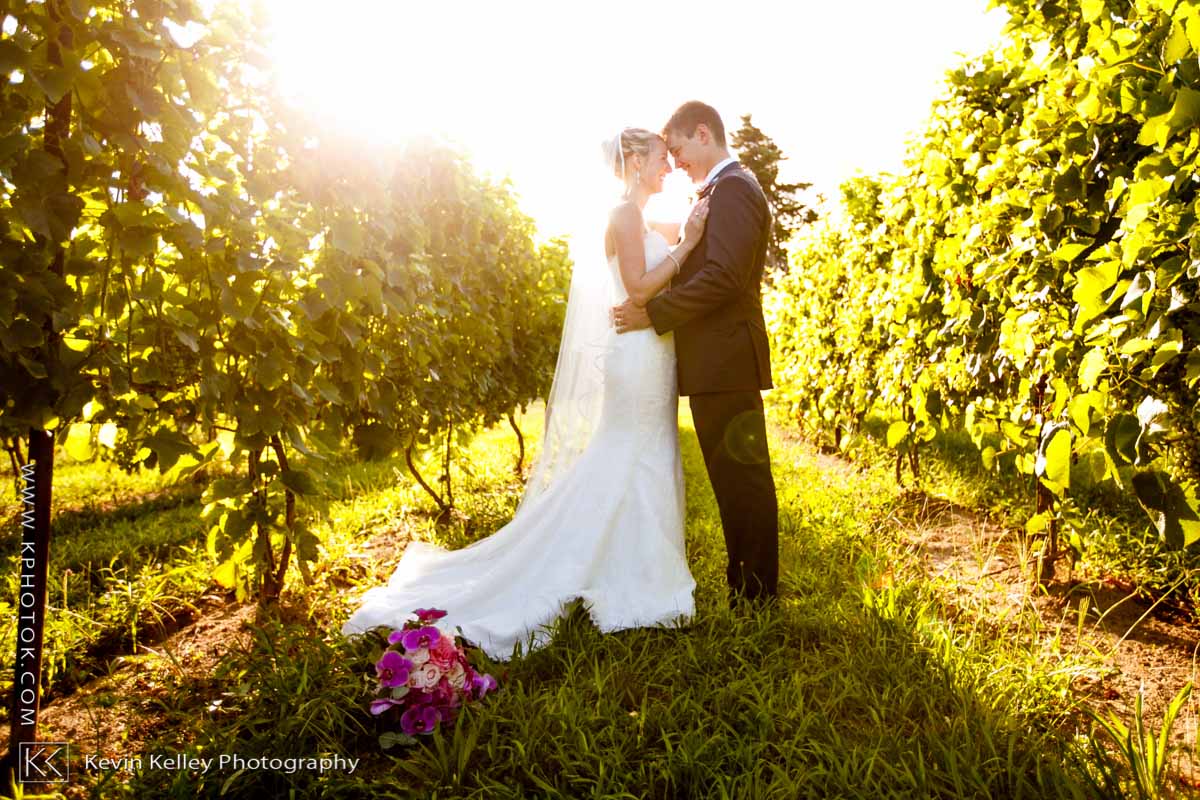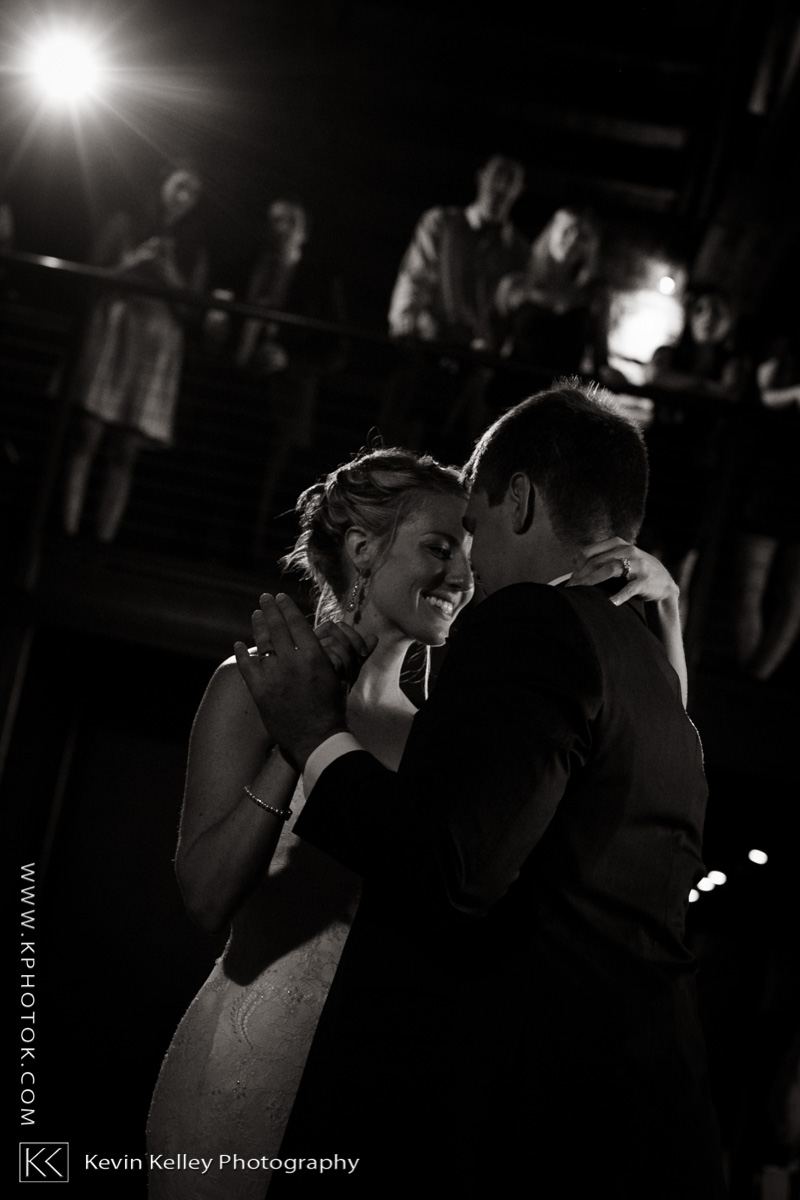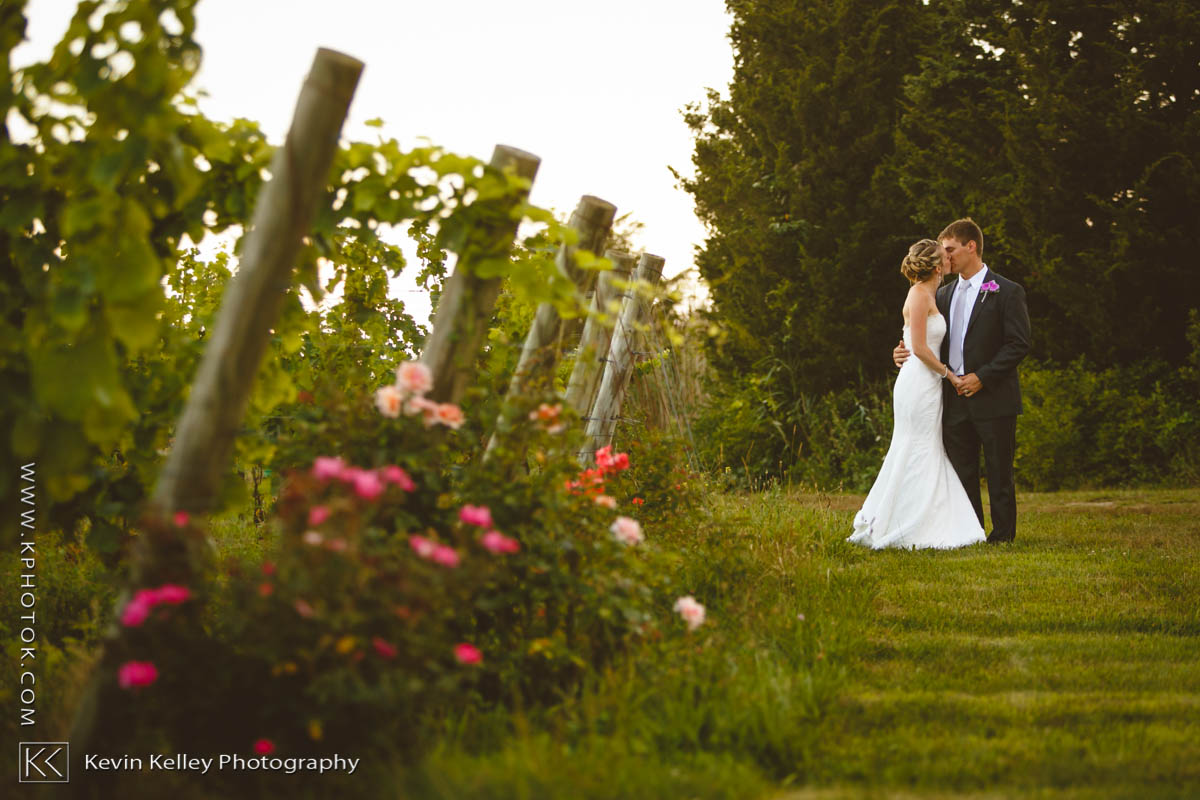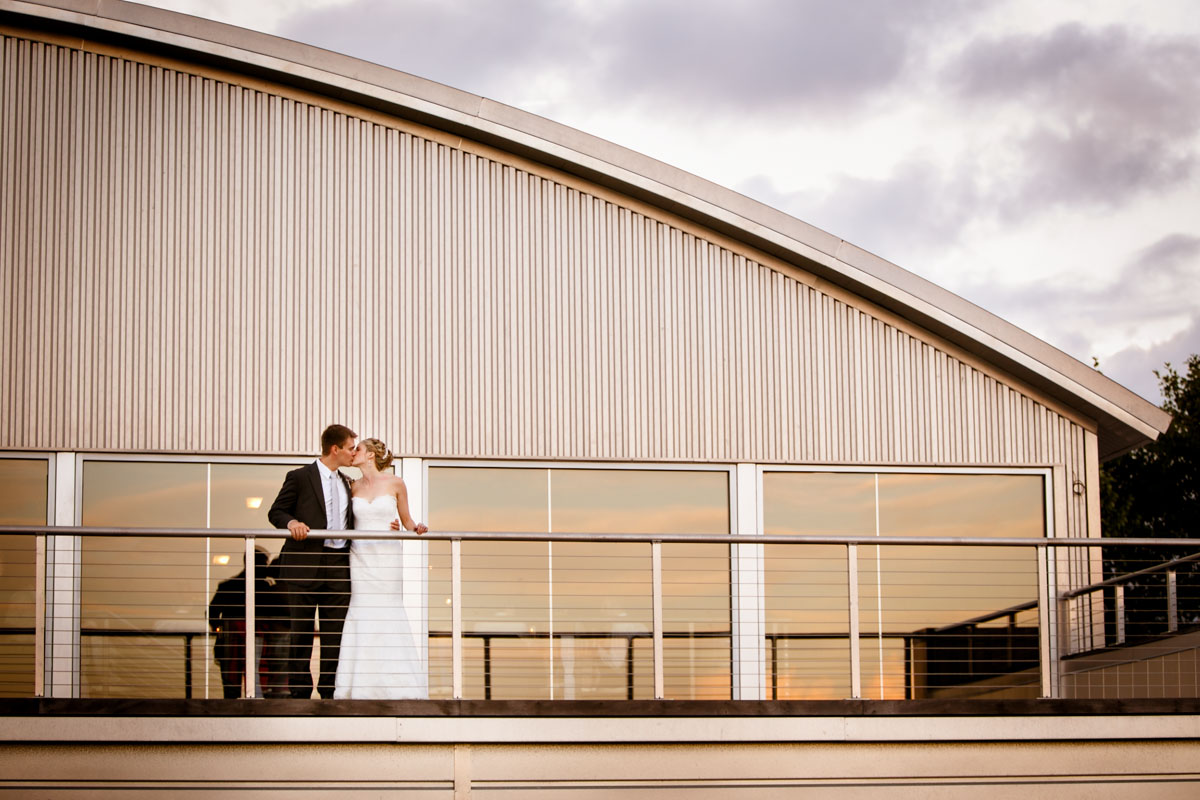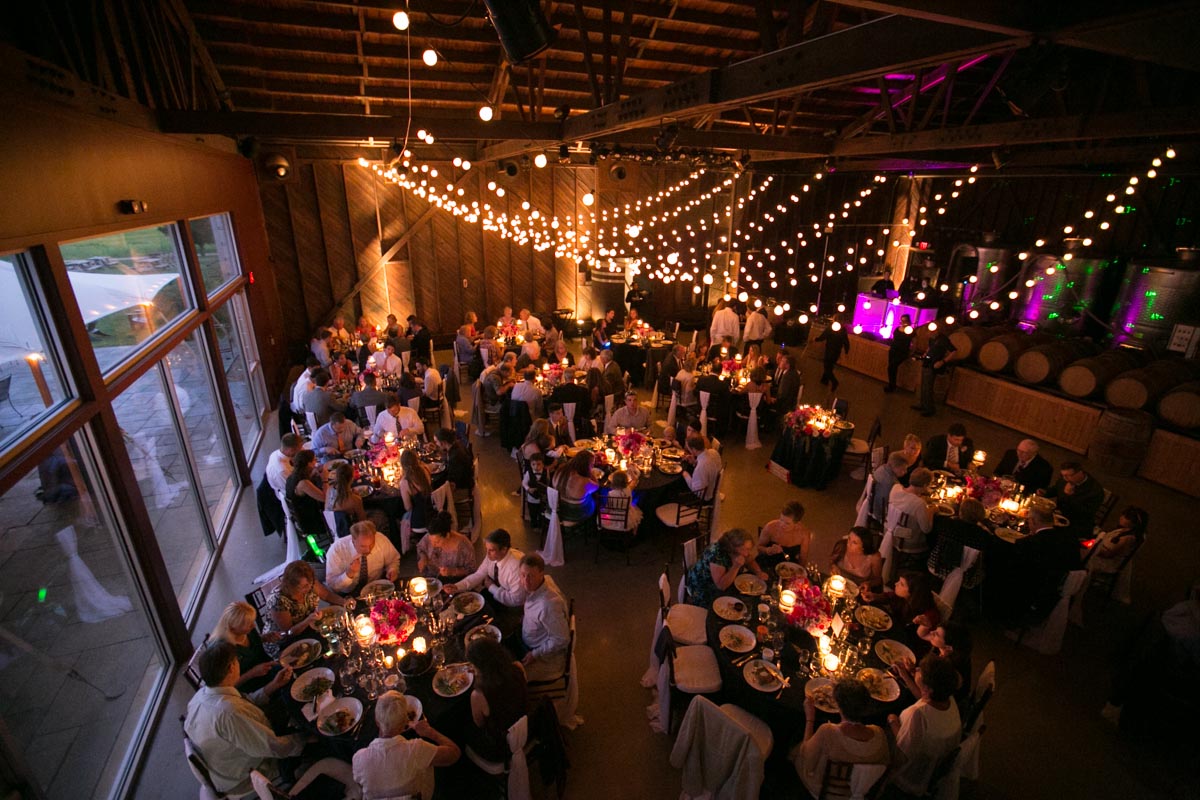Saltwater Farm Vineyard Wedding | Meghan + Charlie
A Saltwater Farm Vineyard wedding with a gorgeous day -congrats Meghan & Charlie! I love photographing at Saltwater Farm… -such an amazing venue full of natural & architectural beauty. Amazing work by Beth from The White Dress by the Shore, Diane Gaudett Custom Floral Designs llc, Coastal Gourmet Catering and Maureen Sullivan Makeup!! Also big thanks to Mike Orzell for being an amazing second shooter at this event. Looking for an amazing experience finding the perfect dress? Check out The White Dress by the Shore!
Some Salt Water Farm history: In 1653, Walter Palmer, who lived in the Massachusetts Bay Colony after arriving from England in 1629, established a farm on some 230 acres of his land holdings surrounding Wequetequock Cove. Portions of Palmer’s original tract, including what is now Saltwater Farm Vineyard, continued to be used as farmland into the early decades of the 20th century, known then as the West Farm and owned by Herbert West, who was raised in North Stonington.
In the late 1930s, William J. Foster opened a small community airport on the property. Foster built a hangar there, designed by John W. Lincoln, an architect and engineer living in Stonington and a man credited with sharing in the creation of the modern Quonset Hut. Foster Field, also known as Westone Airport, functioned as an airport for several years before the U.S. entry into World War II, when the government closed such airports for public use.
In 2001, Michael M. Connery, a former partner at the New York law firm Skadden, Arps, Slate, Meagher & Flom and a Rhode Island native, bought the long-dormant property. In all, Connery purchased 108 acres and made the decision to convert the old airfield into a vineyard, at the same time maintaining a grassy landing strip. The vintage hangar was preserved and reimagined as a winery, largely through the design efforts of Stephen Lloyd, an architect in Chester, Connecticut. The building now showcases a vaulting roof, a milled aluminum exterior, original wood sheathing and, dominating the airy interior, massive timber trusses.
With a preservationist’s bent, and with a keen appreciation of Stonington’s past, the goal has been to sustain, in contemporary function and fashion, the two foundations of the property’s place in Stonington history: coastal farmland and a WWII-era private airport.

